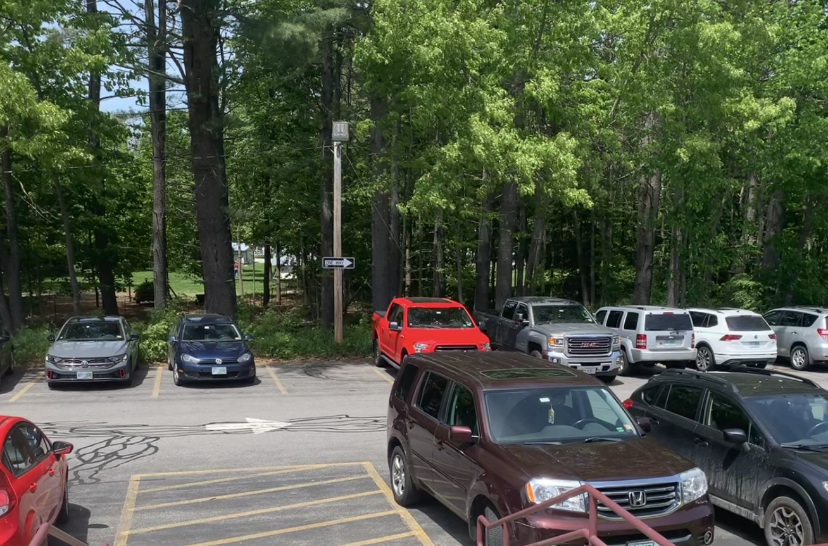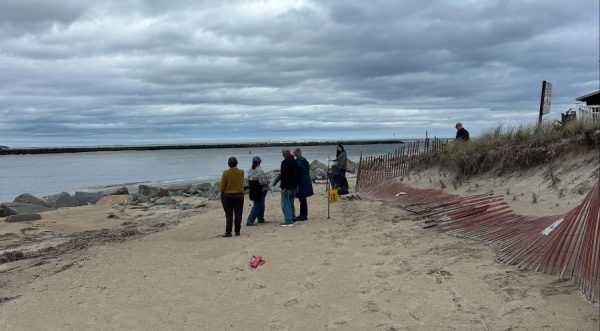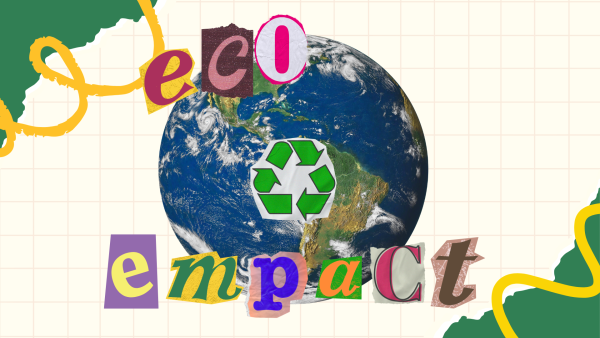The Importance of Parking Lots to French Energy Generation
A recent difficulty regarding energy conservation and efficiency in France has been the lack of the amount of land available to house solar power. Though the generation of electricity using solar panels is efficient and environmentally friendly, France has had issues revolving around searching for land that is convenient and ready for use. However, there is a large amount of land available for use without developing on even more open land: parking lots. Will parking lots covered by solar panels prove to be an effective solution to this problem, or will it instead create even more issues regarding the environment?
It is integral to becoming aware of the advantages of implementing solar panels to understand how a majority of France’s energy is currently generated. According to the U.S. Energy Information Administration, 68% of France’s energy is generated by nuclear power. This accounts for a total capacity of 61 gigawatts. For reference, 1 gigawatt of power can power 750,000 homes, (as stated by CNET, the Computer Network). There are several negative implications on the reliance of nuclear energy. First and foremost, is the environmental impact of being dependent on such a corrosive and large production of nuclear energy. Subsequently, for energy to be regulated by nuclear power could prove strenuous if nuclear power somehow becomes unavailable during events such as planned outages. Additionally, the U.S. Department of Transportation cites that enacting such a law could aid the production and/ or capability of energy produced along roadways, which could reduce the electrical costs for Departments of Transportation.
Creating solar farms and developing them on empty land can have dire consequences for the surrounding ecosystem. As claimed by The U.S. Department of Energy, the development of solar farms on open land can negatively affect the nearby wildlife and environment. Occurrences such as confusion amongst migrational patterns, removal of natural habitat, water use, and soil erosion are just some examples of their negative effects. However, solar panels above parking lots are creating energy using space that has already been developed. These spaces are not otherwise used. Therefore, solar panel parking lots can solve the environmental concerns regarding solar farms.
Although there are considerable advantages in generating solar energy over parking lots, there are also drawbacks that need to be considered. Installing solar panels above parking lots cost a substantial amount of money compared to simple solar farms. The payback period regarding such a proposition can last as long as 10 to 12 years, stated by Joshua Pearce of Western University in Ontario in his study of car charging potential in relation to retail parking lots. Michigan State estimated that their parking lot panels (located over five lots) would save $10 million over 25 years. Purchase of energy through solar panels over parking lots is a cheaper alternative than other sources. In spite of the minor inconvenience of the cost of the solar panels, use of them compared to other more pricier energy sources is greatly outweighed by the benefits.
In summary, solar farms are a viable alternative energy source. Though, when compared to the possibility of utilizing space already developed on, it could dilute the negative impacts of solar energy if instead generated on open land. Sourcing energy via solar panels above parking lots has considerable economic and environmental benefits. There are minimal disadvantages to such developments, and solar parking lots could become the new and improved version of solar farms.

Helena is a senior at GHS. She enjoys reading, writing, and also spends her free time playing piano. She enjoys volunteering in her community and working...














Kaleb McMurray • Sep 20, 2023 at 9:17 am
Interesting idea, and the shade provide by the panels would keep the cars cool.